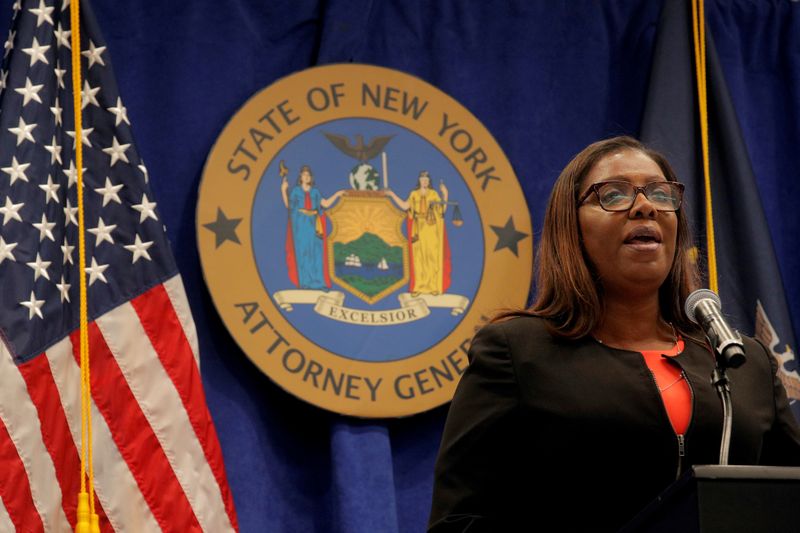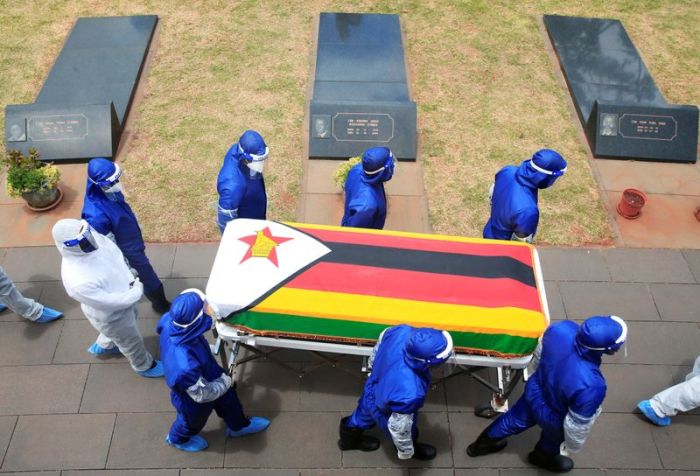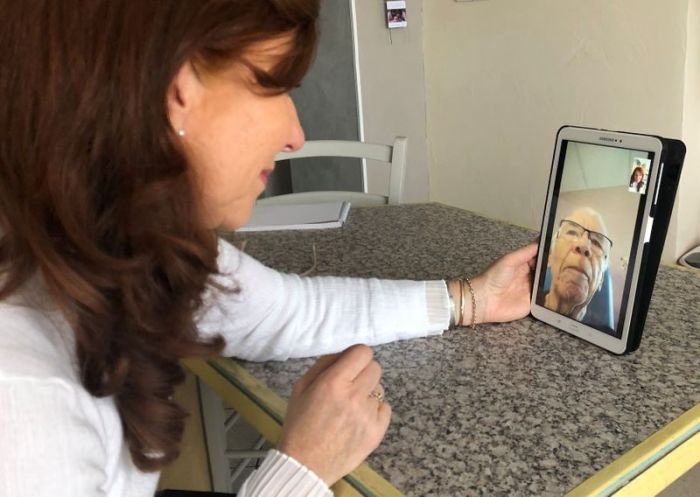(Reuters) – New York state’s health department may have undercounted the COVID-19 death toll among state nursing home residents by as much as 50%, according to a report released by the state attorney general’s office on Thursday.
The report, issued while the state prosecutor’s office continues to investigate nursing homes’ response to the COVID-19 pandemic, indicated that some facilities underreported deaths to the state health department. It also noted that the health department has not counted the deaths of nursing home residents who were transferred to and died in hospitals, contributing to a drastic underrepresentation of the nursing home death toll.
According to the report, the Department of Health’s numbers for nursing home COVID-19 deaths – 6,423 from March through the beginning of August, based on records from 619 nursing homes – could be as much as 50% lower than the reality.
“As the pandemic and our investigations continue, it is imperative that we understand why the residents of nursing homes in New York unnecessarily suffered at such an alarming rate,” New York State Attorney General Letitia James said in a statement.
The state’s health commissioner rejected the report’s conclusion of an “undercount,” saying that Governor Andrew Cuomo’s administration has clearly categorized COVID-19 deaths by place of death, and therefore the state has not specified which hospital deaths were actually nursing home residents. The New York State Department of Health is undergoing its own audit of fatality numbers reported by nursing homes to sort out inconsistent reports.
“The word ‘undercount’ implies there are more total fatalities than have been reported; this is factually wrong,” New York state Health Commissioner Howard Zucker said in a statement.
While the department’s audit is ongoing, Zucker said, the Department of Health has so far found that “from March 1, 2020 to January 19, 2021 9,786 confirmed fatalities have been associated with Skilled Nursing Facility residents, including 5,957 fatalities within nursing facilities, and 3,829 within a hospital. This represents 28% of New York’s 34,742 confirmed fatalities — below the national average.”
DISCREPANCIES
Governor Cuomo, who has been praised for his transparency about the state’s COVID-19 crisis, has also been criticized for his administration’s COVID-19 response in nursing homes since the spring, when New York was the epicenter of the U.S. COVID epidemic.
Cuomo’s administration came under fire in particular for guidance it issued on March 25, saying nursing homes should not deny entry to patients with COVID-19 or those presumed to be infected.
That measure, which was aligned with guidance from the U.S. Centers for Medicare and Medicaid Services, was rescinded through an executive order in May, but the attorney general’s report found that it “may have led to an increased risk of fatalities in some facilities” where the disease spread like wildfire.
The attorney general’s report also found that “nursing homes’ lack of compliance with infection control protocols put residents at increased risk of harm,” as in cases where COVID-19 positive residents were not sufficiently isolated to curb viral spread.
The large discrepancies in nursing home fatality data became apparent when the prosecutor’s office investigated a sampling of 62 nursing homes and found more fatalities than had been reported to the Department of Health, according to the report.
In one case, the report said, “a facility reported five confirmed and six presumed COVID-19 deaths at the facility as of Aug. 3 to [Department of Health]. However, the facility reported to OAG a total of 27 COVID-19 deaths at the facility and 13 hospital deaths – a discrepancy of 29 deaths.”
The report said the attorney general’s office was investigating the inconsistencies that “cannot reasonably be accounted for by error or the difference in the question posed.”
In his statement, Commissioner Zucker urged the attorney general’s office to “communicate those discrepancies” so the state might “pursue enforcement actions,” including fines, in cases where nursing homes may have underreported fatalities.
(Reporting by Gabriella Borter; Editing by Mark Heinrich and Aurora Ellis)























